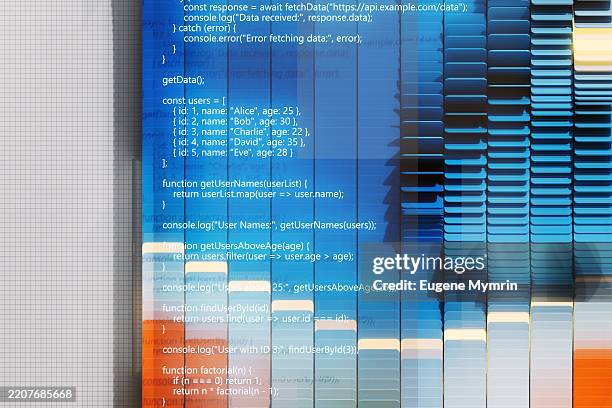Next-Gen React State Management with Zustand and RTKQ
React state management has evolved significantly. While Context API offers a solid foundation, managing complex applications often requires more robust solutions. This blog post explores a powerful combination: Zustand for local state and RTKQ (Redux Toolkit Query) for fetching and caching remote data. This pairing provides a streamlined, performant, and easy-to-understand approach to state management in your React projects.
Concept: Zustand and RTKQ Synergy
Zustand is a small, fast, and scalable state management solution. Its simplicity makes it ideal for managing local application state. RTKQ, built on top of Redux Toolkit, simplifies fetching, caching, and updating asynchronous data. By combining them, we leverage Zustand's lightweight nature for UI-related state and RTKQ's power for managing API interactions. This division of responsibilities keeps your state management clean and efficient. Zustand handles the quick, reactive updates, while RTKQ manages the complexities of data fetching and caching, providing a seamless user experience.

Code Example: Fetching and Displaying Data
Let's build a simple example fetching a list of posts from an API. We'll use RTKQ for data fetching and Zustand to manage UI state like loading indicators and error messages. This example uses a placeholder API for demonstration.
Tips and Best Practices
1. **Keep Zustand local:** Use Zustand for UI state and small, self-contained components. Avoid using it for large, complex data sets. 2. **Leverage RTKQ's caching:** RTKQ's built-in caching significantly improves performance by avoiding redundant API calls. 3. **Error Handling:** Implement robust error handling in both Zustand and RTKQ to gracefully manage API failures and provide informative feedback to the user. 4. **Data Transformation:** Use RTKQ's `transformResponse` to pre-process data before it reaches your components. 5. **Debouncing/Throttling:** For frequently changing inputs (e.g., search bars), use debouncing or throttling to prevent excessive API calls.

Conclusion
Zustand and RTKQ offer a compelling combination for managing state in modern React applications. Their strengths complement each other, allowing you to build efficient, scalable, and maintainable applications. By separating concerns and leveraging the built-in features of each library, you can significantly simplify your state management strategy.
Comments
Post a Comment